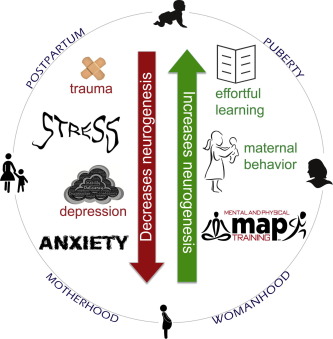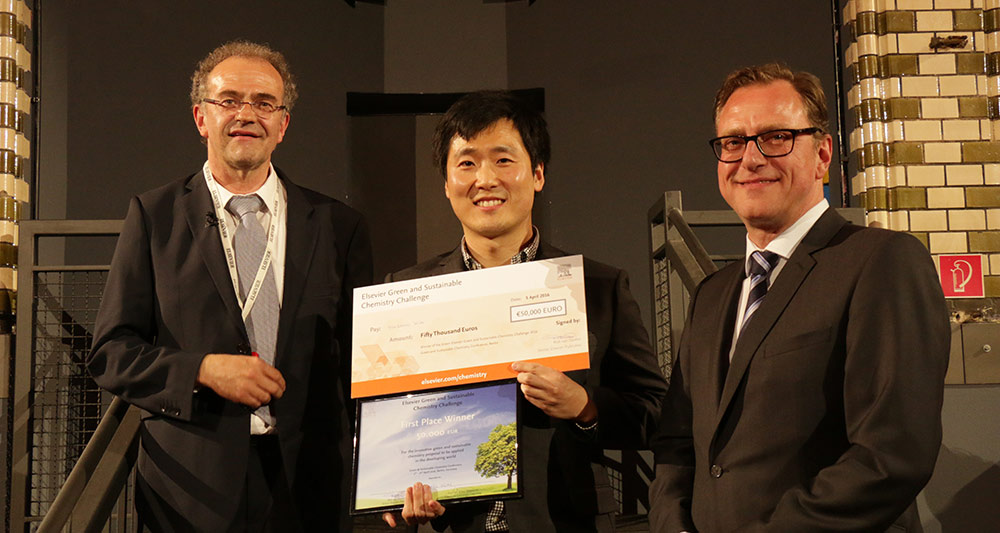The internal combustion engine (ICE) does not efficiently convert chemical energy into mechanical energy. A majority of this energy is dissipated as heat in the exhaust and coolant. Rather than directly improving the efficiency of the engine, efforts are being made to improve the efficiency of the engine indirectly by using a waste heat recovery system. Two promising technologies that were found to be useful for this purpose were thermoelectric generators (TEGs) and heat pipes. Both TEGs and heat pipes are solid state, passive, silent, scalable and durable.
Healthy-food procurement: Using the public plate to reduce food insecurity and diet-related diseases
This book chapter advances SDGs 14 and 3 by discussing the history of aquatic contamination, highlighting major cases where aquatic contamination has become an issue and cases where efficient solutions to environmental problems have been reached.
Elsevier,
Qing Chang,
Chapter 11 - Emulsion, Foam, and Gel,
Editor(s): Qing Chang,
Colloid and Interface Chemistry for Water Quality Control,
Academic Press,
2016,
Pages 227-245,
ISBN 9780128093153
Supports SDG 6 by discussing the application of colloid and surface chemistry in water and wastewater treatment- the only book of its kind to do this.
Achieving SDG 11 will require new technologies and innovations to be deployed in the real-estate sector. Already blockchain and artificial intelligence form the foundations of smart buildings, using data on residents' personal preferences to be able to improve efficiency and comfort. This article explores the different technologies and innovations that provide significant untapped potential in the real estate sector.
FINDINGS: We used data from 751 studies including 4,372,000 adults from 146 of the 200 countries we make estimates for. Global age-standardised diabetes prevalence increased from 4.3% (95% credible interval 2.4-7.0) in 1980 to 9.0% (7.2-11.1) in 2014 in men, and from 5.0% (2.9-7.9) to 7.9% (6.4-9.7) in women. The number of adults with diabetes in the world increased from 108 million in 1980 to 422 million in 2014 (28.5% due to the rise in prevalence, 39.7% due to population growth and ageing, and 31.8% due to interaction of these two factors).
Background Underweight and severe and morbid obesity are associated with highly elevated risks of adverse health outcomes. We estimated trends in mean body-mass index (BMI), which characterises its population distribution, and in the prevalences of a complete set of BMI categories for adults in all countries. Methods We analysed, with use of a consistent protocol, population-based studies that had measured height and weight in adults aged 18 years and older.
Sexual aggression and violence against women (VAM) are not only social problems; they are mental health problems. Women who experience sexual trauma often express disruptions in emotional and cognitive processes, some of which lead to depression and post-traumatic stress disorder (PTSD). Animal models of neurogenesis and learning suggest that social yet aggressive interactions between a pubescent female and an adult male can disrupt processes of learning related to maternal care, which in turn reduce survival of new neurons in the female hippocampus.
This article highlights the winning proposals of the first edition of the Elsevier Foundation Green & Sustainable Chemistry Challenge. The winning proposals were chosen for their innovative green chemistry aspects and their large positive impact on the environment, contributing to SDGs 6, 12 and 15.
To advance Goal 6 and Goal 10, this webinar explores how businesses can responsibly manage the human rights impacts of their own water-intensive operations and/or supply chains


